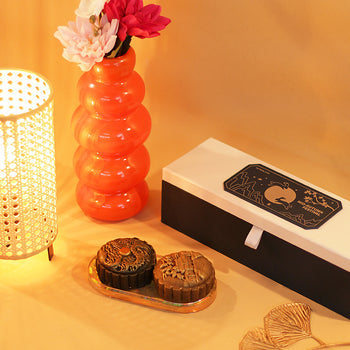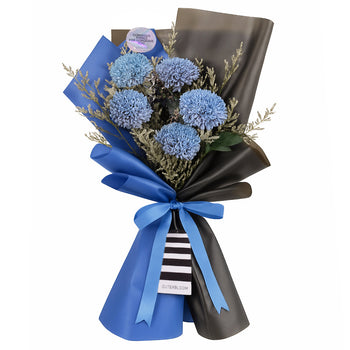- OLXTOTO menghadirkan layanan prediksi syair Toto Macau 4D & 5D update terbaru 2026 dengan fitur yang semakin lengkap dan akurat. Setiap prediksi disusun melalui kombinasi data historis, pola keluaran, dan analisis peluang sehingga memberikan referensi yang lebih tepat bagi pemain dalam menentukan angka. Dengan tampilan yang rapi dan update cepat, pemain bisa memantau syair harian tanpa perlu berpindah situs.
Search for














 PROMO
PROMO
 LOGIN
LOGIN
 DAFTAR
DAFTAR
 Live Chat
Live Chat